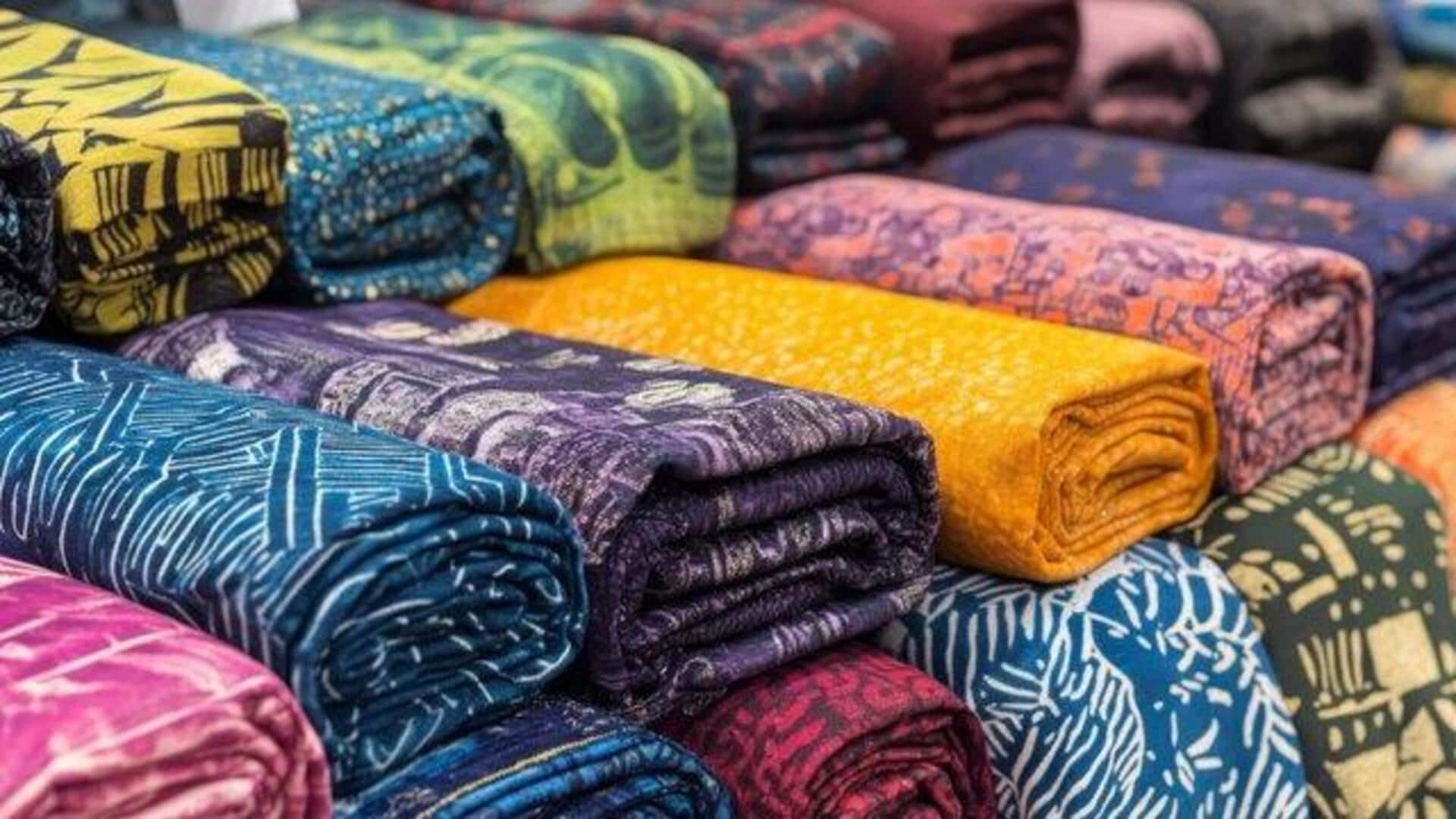
Exploring Botswana's handwoven textiles
What's the story
Botswana is famous for its rich tradition of handwoven textiles, which are known for their intricate patterns and vibrant colors. Apart from being a testament to the country's cultural heritage, the textile industry also contributes significantly to its economy. The artisans in Botswana use traditional techniques, passed on through generations, to create unique designs that reflect the region's diverse cultures. Here are various aspects of Botswana's handwoven textiles, their significance, craftsmanship, etc.
Technique
Traditional weaving techniques
The weaving techniques in Botswana have been preserved for centuries, where every pattern tells a story or symbolizes an aspect of life. Artisans work with looms to create these intricate designs, often including geometric shapes and nature-inspired motifs. The process takes a lot of patience and precision as even a small mistake can disrupt the entire pattern.
Material
Materials used in weaving
In Botswana's textile industry, artisans favor natural fibers such as cotton and wool for weaving. These materials are preferred due to their robustness and excellent dye retention. The use of plant-based dyes ensures that the textiles not only retain their vivid hues for years but also contribute to an eco-friendly production process. This meticulous selection of materials highlights the industry's focus on sustainability and quality.
Pattern
Cultural significance of patterns
Each pattern woven into these textiles holds cultural significance, often representing historical events or local folklore. For instance, some patterns may depict animals native to Botswana or abstract representations of community life. Understanding these patterns provides insight into the values and traditions cherished by different communities across the country.
Impact
Economic impact on local communities
The production of handwoven textiles is vital to supporting local economies in Botswana. Many artisans depend on this craft for their livelihoods, selling their creations at markets or exporting them abroad. This industry not only preserves traditional skills but also empowers communities by giving them jobs.